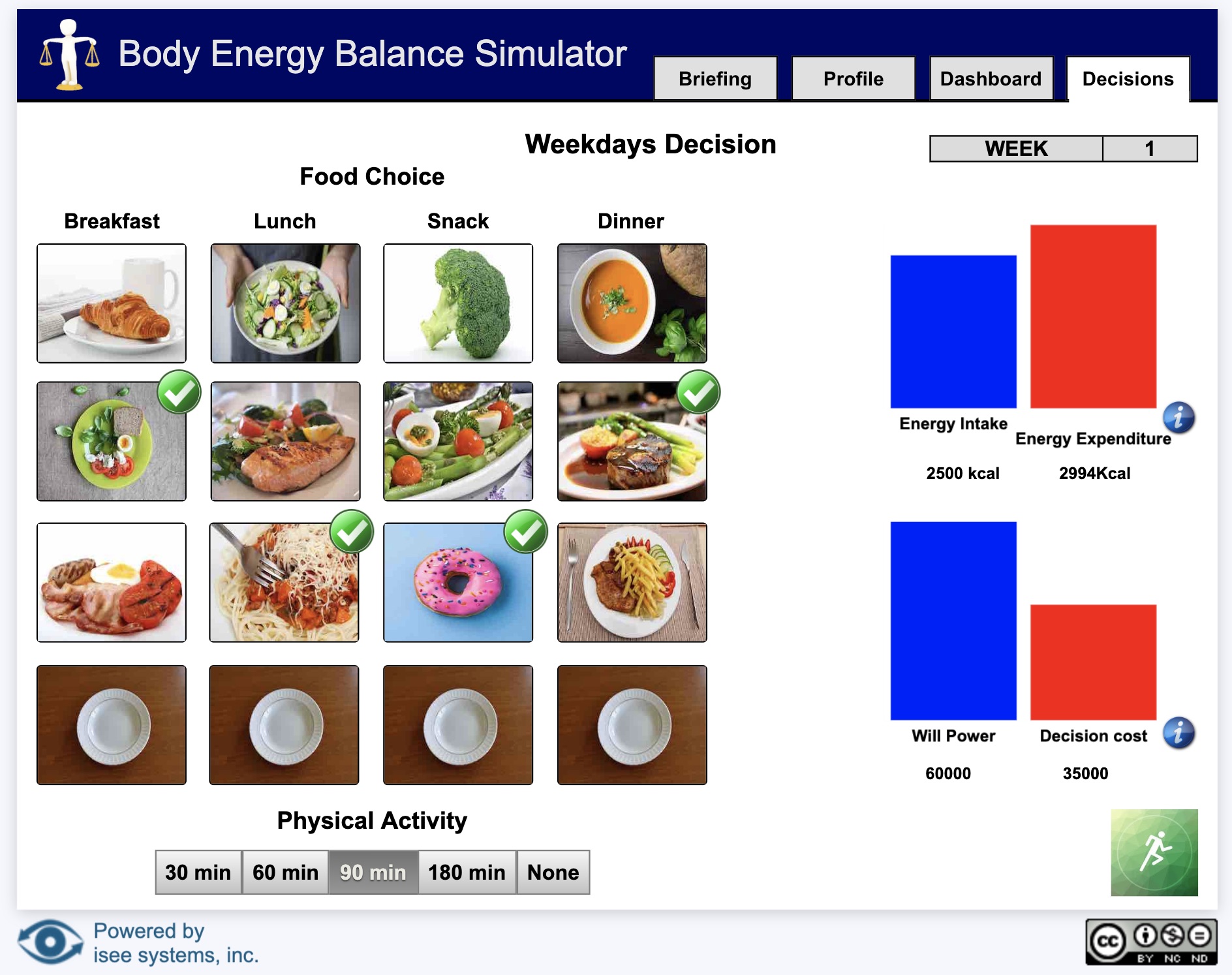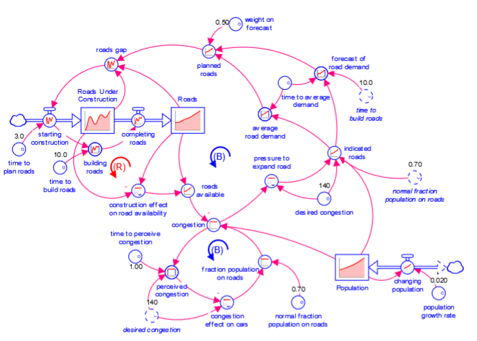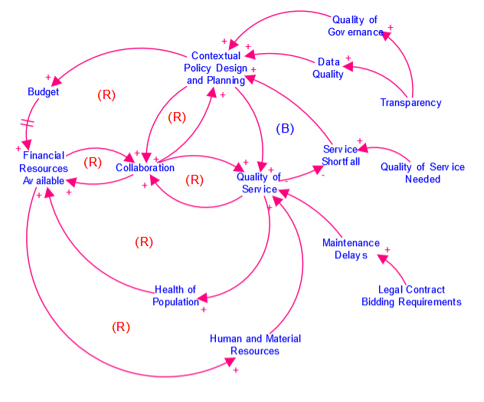John Hayward's Profile

I am a Visiting Research Fellow in Mathematics at the University of South Wales. Before my retiremen ...Read more I am a Visiting Research Fellow in Mathematics at the University of South Wales. Before my retirement, I was a senior lecturer at the university, teaching specialist courses in system dynamics, mathematical modelling and agent-based methods. I was awarded a BSc in astrophysics, and a PhD in applied mathematics, from the University of London, and then spent my career as a lecturer in mathematics. My research is in mathematical sociology with applications to the spread of social phenomena, such as religions, political movements and civilisations. In the mid-1990s, I moved into system dynamics to help present models to non-technical audiences and improve model construction. Since then, I have used my background in physics to help understand the relationship between SD model structure and behaviour, developing the loop impact method and the Newtonian interpretative framework. I am currently a vice president of the UK chapter of the SD society, with responsibility for membership. Hide full description
John Hayward's Work
Download Model
Download Model
Download Model
Download Model
Download Model
Download Model
Uploading a Bundle from Zip
Instead of creating bundles, categories, and assemblies one by one, you can upload a single zip file that contains all of your bundle's content. To create your zipped bundle, make a folder with your bundle's name and add subfolders with your categories' names. The folder tree should have the same structure that you want the categories to have in your bundle. Place your assembly .stmx files in the appropriate category folders, then zip your bundle folder and upload it using the Upload Bundle from Zip link above.
Assemblies, Bundles, and Categories
Assemblies are self contained models that demonstrate common ways to connect together building blocks and that can be used as parts of other models. This is analogous to using prefabricated wall and roof pieces to construct a house.
Bundles are groups of assemblies with a common use or theme. For example, a Health Care bundle might contain a variety of assemblies that aid in creating health care models. When you download assemblies from the isee Exchange™, you download an entire bundle, rather than individual assemblies.
Categories are subgroups of assemblies within a bundle. For example, a Health Care bundle might contain a Funding category for assemblies related to the management of hospital funds. All assemblies must be assigned to a category—they cannot be assigned to the root of a bundle.
Assemblies, bundles, and categories can be created and uploaded to the isee Exchange™ via the options on the Manage My Assemblies page. To learn more, visit our help pages, or take our assemblies tutorial.
Sim App (Sim)
An interface that allows users to interact with a model.

Sim apps allow users to interact with a model using buttons, sliders, knobs, tables, graphs, and storytelling. These interactions help users understand how parts of a system interact.
Interfaces are created by model authors in the Stella desktop software and can be uploaded to the isee Exchange™.
Model
A diagram that represents how elements in a system influence one another.

Models are mathematical representations of how elements in a system are connected and interact (e.g., ecosystems, organizations, supply chains). When running models on the isee Exchange™, results can be viewed in output devices like graphs and tables.
Models appear in the isee Exchange™ directory when authors upload them from the Stella® desktop software or create them with Stella Online™.
Causal Loop Diagram (CLD)
A map that represents the feedback structure of a system.

CLDs are high-level maps that represents the feedback structure of a system and easily communicate the essence of a model. They appear in the isee Exchange™ when authors upload them from the Stella desktop software or create them with Stella Online™.